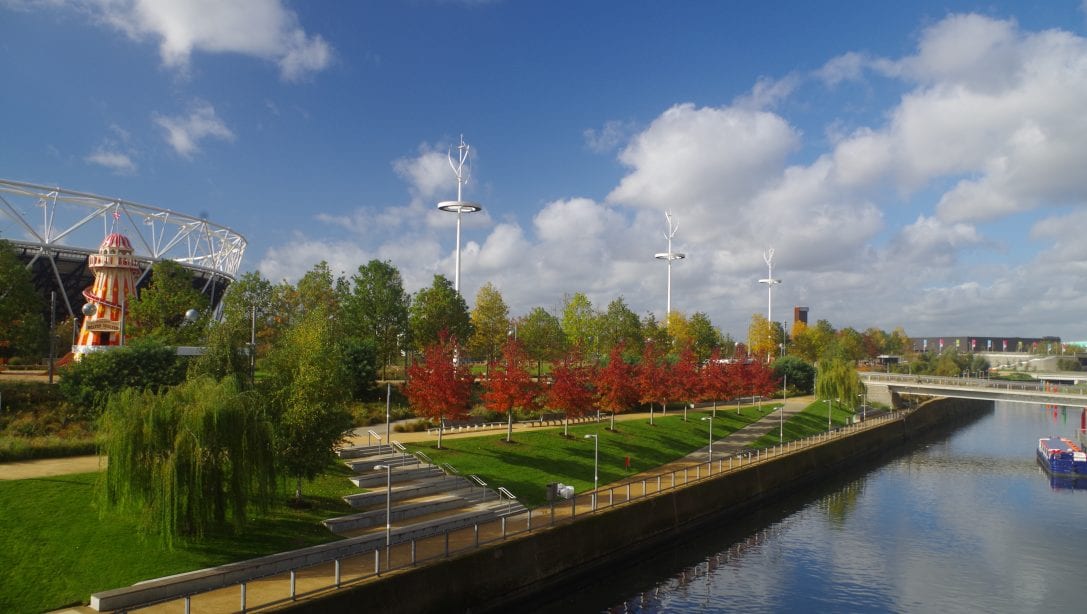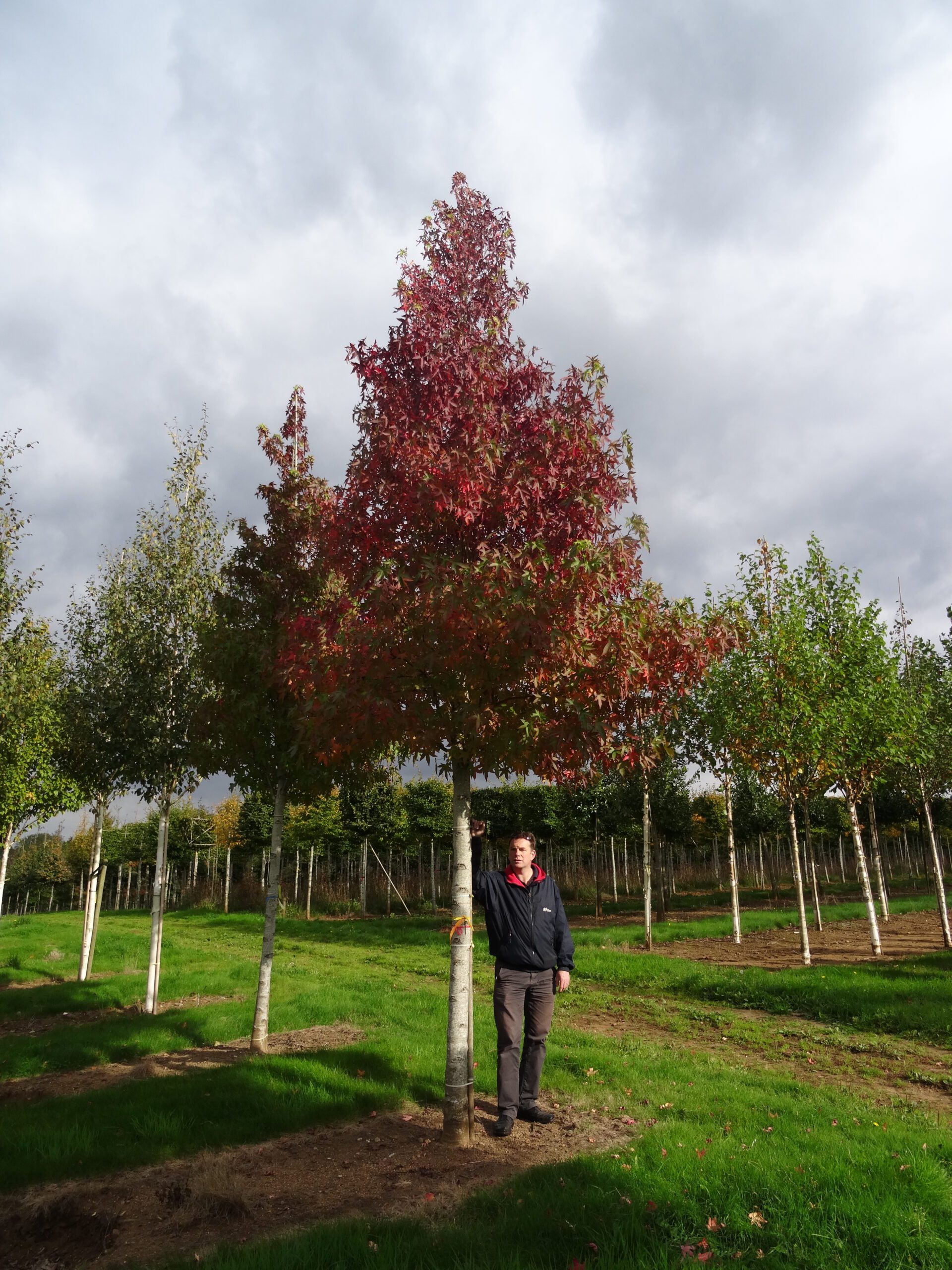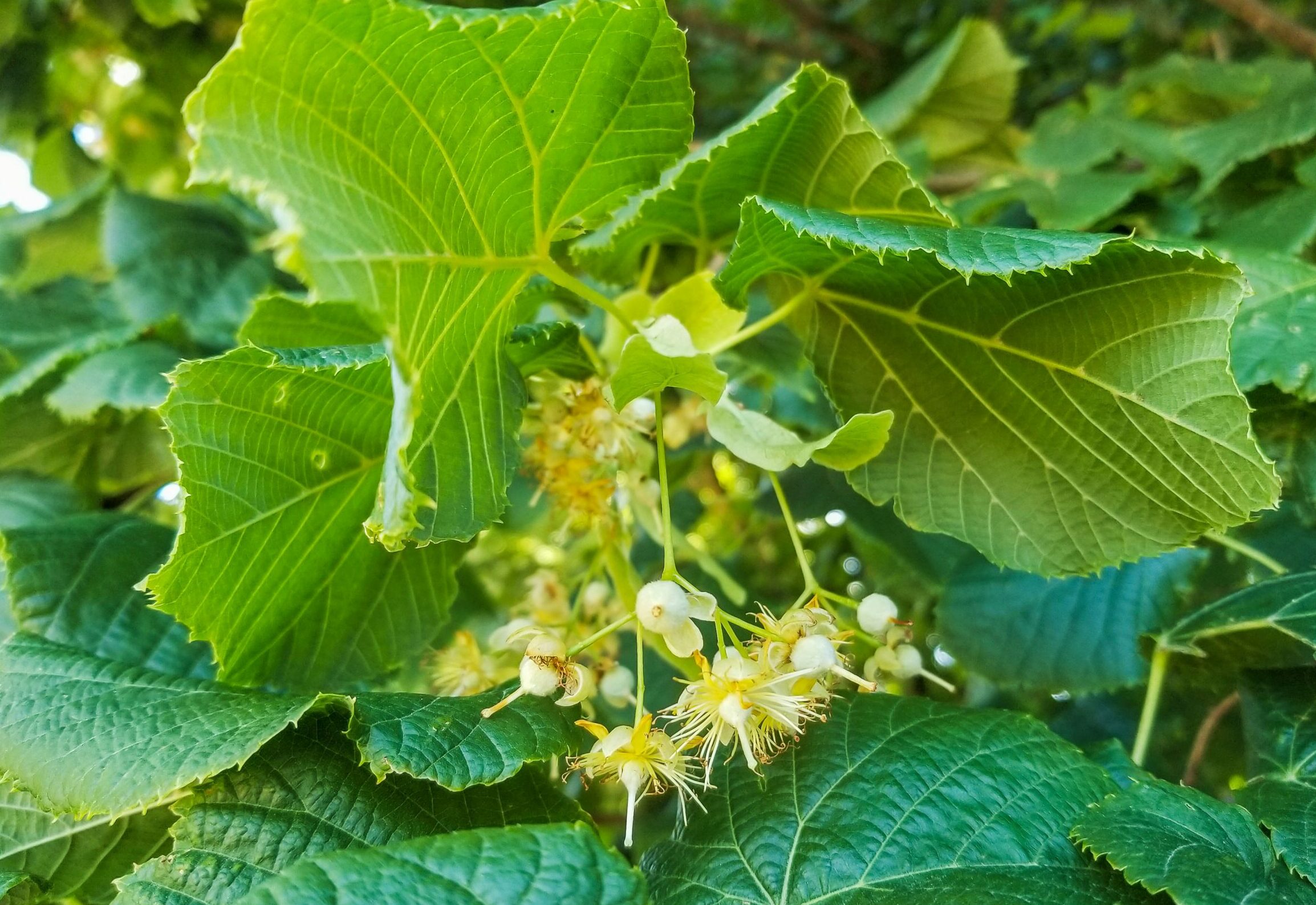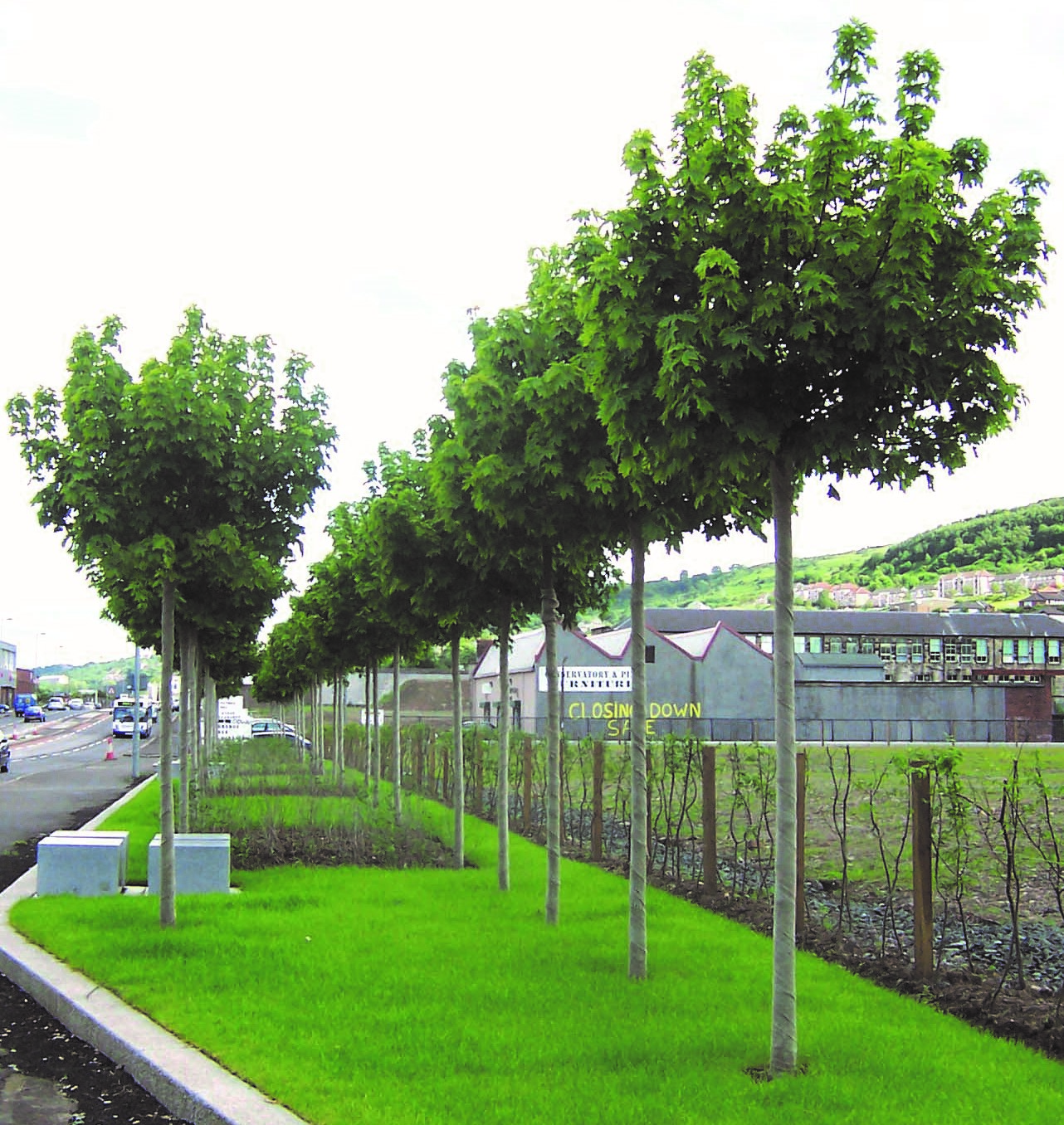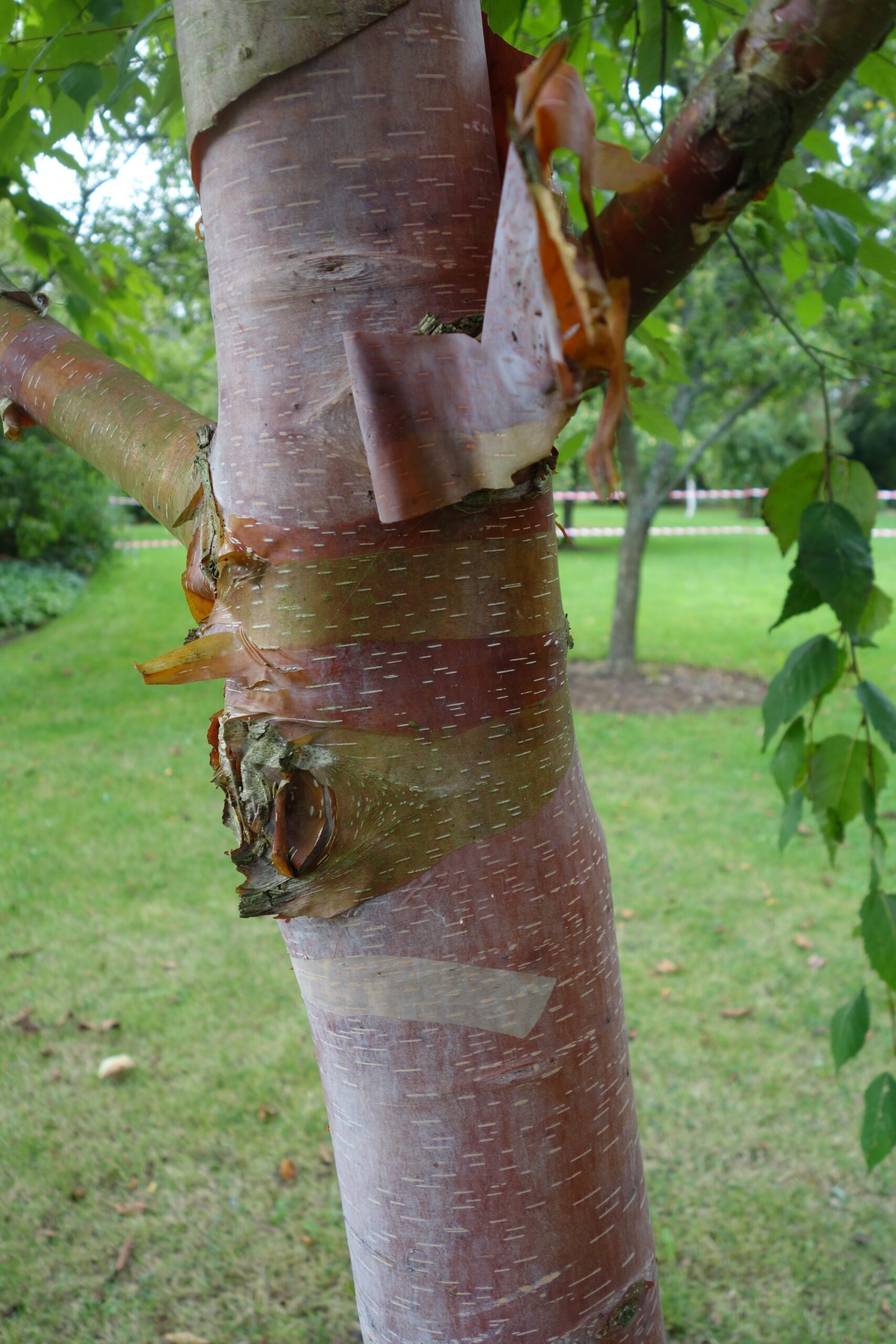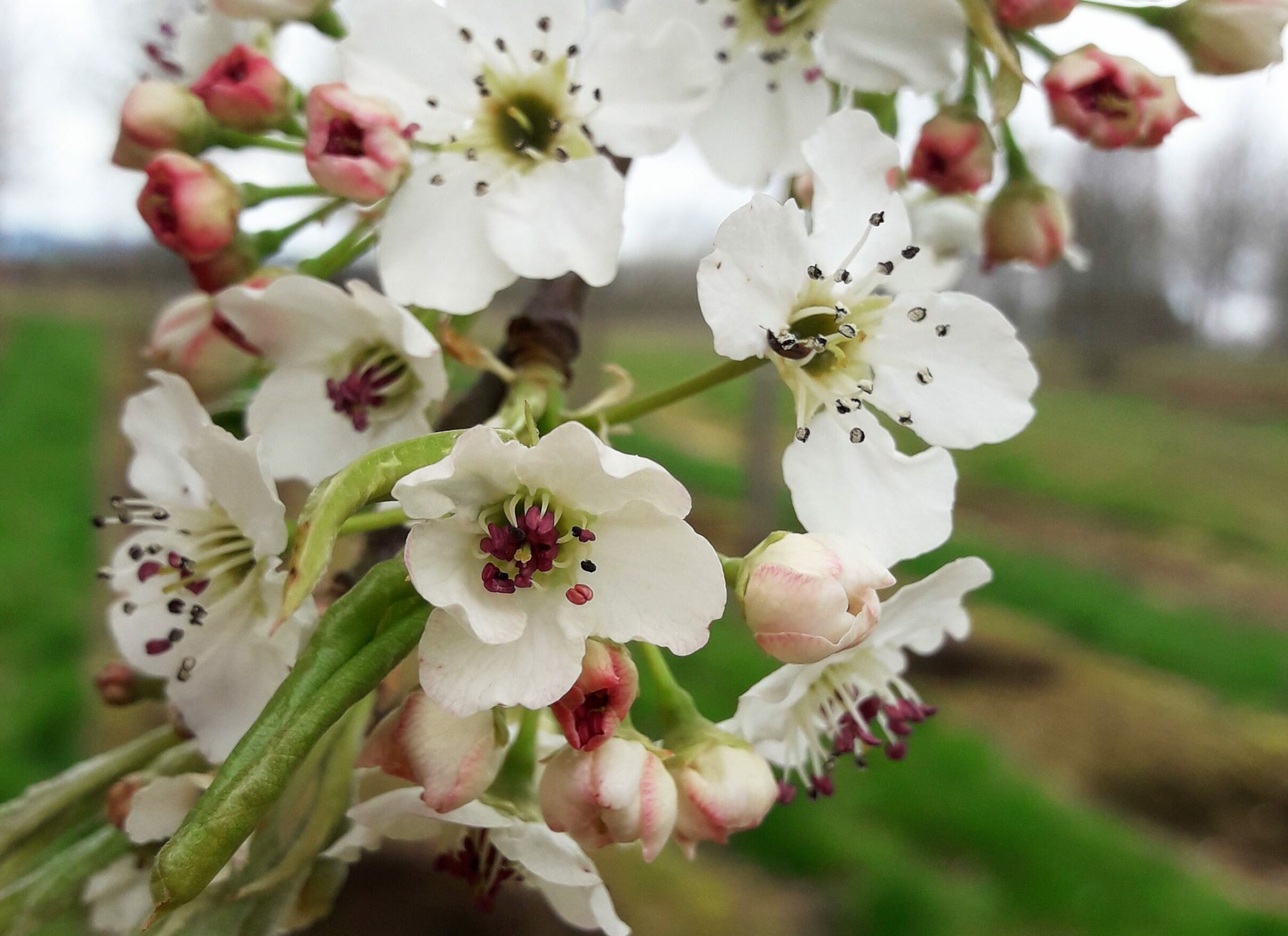Tree Information
Specialities
Tolerances
Wet Soil: Medium
Dry Soil: Low
Lime: Low
Renowned for its unparalleled autumn hues, the American Sweetgum has become a popular choice for avenue plantings. Originating from the damp, swampy terrains of America, this tree caught the attention of Spanish herbalist, Franco Hernandez, who aptly named it ‘Liquidambar’ due to its aromatic resin. It was introduced to England in 1681 by British botanist, John Bannister.
During its initial stages, this tree exhibits a narrow, pyramidal shape. However, as it matures, its branches expand outward from a sturdy central axis. Its distinctive corky bark extends along these branches, resembling scales, which earned it the name ‘alligator wood’. Observing rainwater flow through these textured crevices during downpours offers a captivating sight.
Come spring, the tree unfurls vibrant green leaves. These are shaped like stars with typically five deep lobes, alternate rather than mirroring each other like the Acer campestre. When crushed, they emit a pleasing resinous aroma due to their tannin content. As summer wanes, the leaf colours evolve into a magnificent spectrum of crimsons, marmalade oranges, and amber golds. Full sun and moist soil are optimal conditions for this tree and will amplify its autumn colour into vibrant purples and radiant reds.
In summer, the tree bears spherical fruits, termed burr balls, initially appearing green. By autumn, they darken, often persisting on the tree through winter. Beware of these dropping ‘gum sticker balls’ when planting landscaping beneath the tree.
While striking as a standalone specimen, its beauty truly shines when lining avenues or gracing broad streets.
Visit our Useful Resources for in-depth guides
Discover guides to help you with specifying your trees, caring for your trees and understanding the weights and dimensions of trees.
Useful ResourcesSize
Large
12m high x 5m wide after 25 years
Environment
Its large form and colour is stunning for avenue planting.
Foliage
The 5 star, deeply lobed leaves open a lush vivid green for the spring and summer. In early autumn the veins in the leaf become a skeleton of blood red within the fading green. The rest of the leaves blade then melts into reds and rich orange hues brushed with yellows. On suitable sites the canopy becomes a fluorescent red and neon purple.
Bark
A unique feature where the bark plates of the central leader attach to the branches. This creates a reptilian scaly appearance which provides the name Alligator-wood. Its deeply grooved, corky bark offers all year interest.
Fruit
Globed, spiky fruit commonly known as burr balls. These are initially green, maturing to a brown.
Resilience
A hardy tree suitable for most soils including loam or heavy clay, although not in chalky sites. It thrives in a free draining humid area where its beautiful autumn colours will be even more pronounced. It will still establish in wet locations but requires direct light.
Available As:
Semi-Mature
Make an Enquiry
Enquire below and speak to one of our expert team. For trades only, for general public enquiries click here.
Find Trees For Your Project
View Our TreesSpeak to a Member of Our Sales Team
Make an Enquiry
